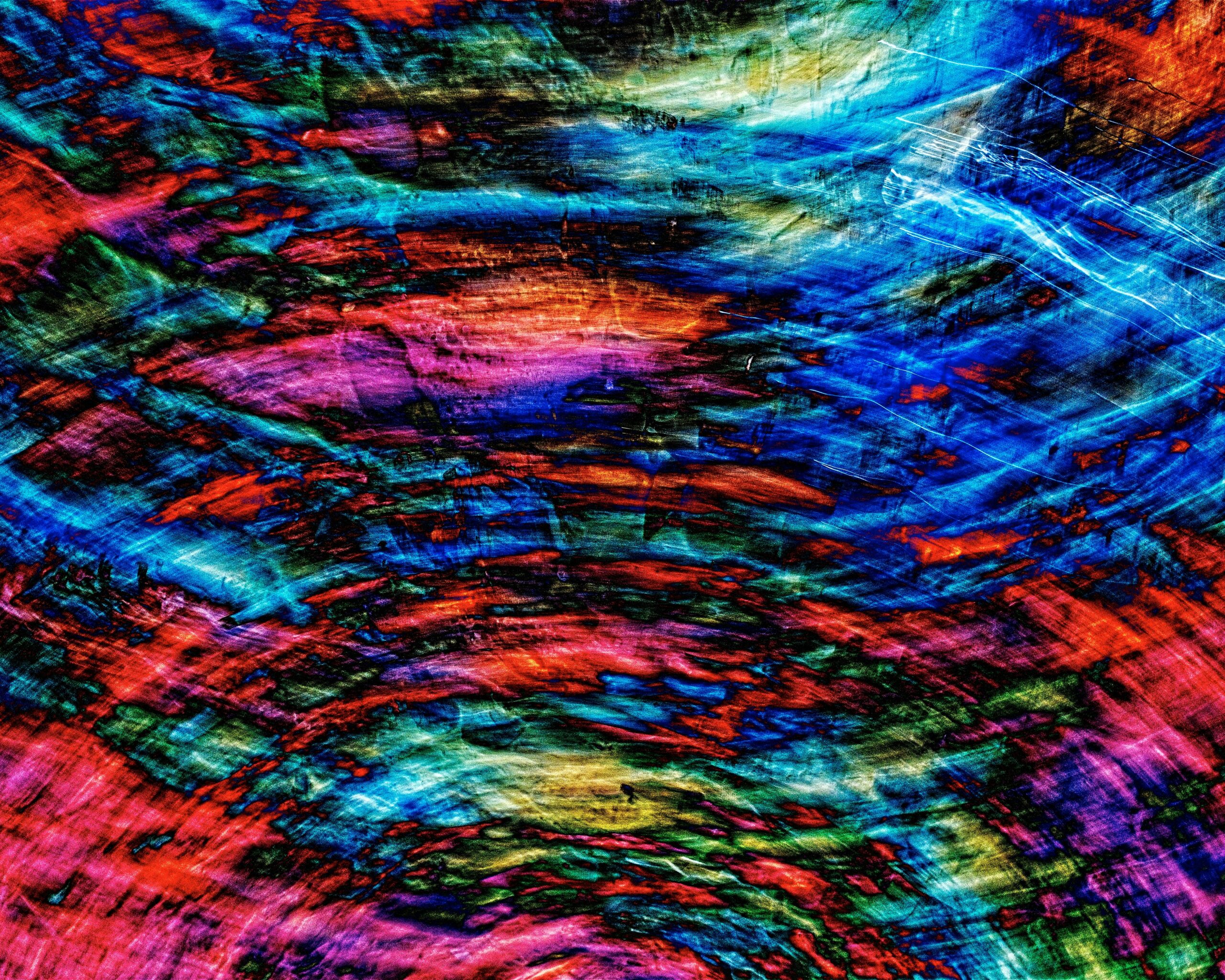Uncuymaza is more than just an art form; it’s a vibrant cultural expression steeped in history and tradition. This captivating practice weaves together intricate techniques, rich symbolism, and the collective spirit of communities. As you delve into the world of Uncuymaza, you’ll find yourself enchanted by its beauty and complexity. From ancient rituals to modern interpretations, this art has evolved while maintaining its core essence. Join us on a journey to explore the fascinating realm of Uncuymaza—its origins, key elements, traditional uses, and profound significance in today’s society. Get ready to uncover the layers behind this extraordinary craft!
History and Origin of Uncuymaza
Uncuymaza traces its roots back to the ancient civilizations of the Andes. This intriguing art form emerged among indigenous cultures, where it served as a means of storytelling and spiritual expression.
The word itself is derived from Quechua, reflecting deep cultural connections. Traditional practitioners used natural materials like clay and textiles, weaving vibrant tales through their craft.
Over centuries, Uncuymaza evolved alongside changing social landscapes. It absorbed influences from various tribes while maintaining its core identity. Rituals often accompanied this artistry, linking creators to their ancestors and nature.
As time progressed, these techniques were passed down through generations. Each artisan brought personal flair while respecting foundational practices that defined Uncuymaza’s essence in history.
Key Elements and Techniques of Uncuymaza
The essence of Uncuymaza lies in its intricate techniques and foundational elements. At the heart of this art form is the use of natural materials, often sourced from local environments. These can include vibrant textiles, clay, and even organic dyes.
Craftsmanship is essential. Each piece requires skillful weaving or carving that reflects the artist’s dedication to tradition. Precision in technique ensures that every creation serves both aesthetic and functional purposes.
Color plays a significant role as well. The choice of hues often conveys symbolism tied to cultural beliefs and stories passed down through generations.
Rhythm also matters; many practices involve repetitive motions that create a meditative state for the artisan. This not only enhances focus but also deepens their connection with each piece they’re working on.
Together, these elements craft a rich tapestry reflecting history while inviting contemporary interpretations.
Traditional Uses and Practices of Uncuymaza
Uncuymaza serves as a vital thread in the fabric of traditional Andean culture. It’s more than just an art form; it’s a means of communication and expression among communities.
Traditionally, Uncuymaza is employed during various ceremonies and rituals. These include agricultural festivals where farmers invoke blessings for bountiful harvests. The intricate designs often depict local flora and fauna, connecting people to their land.
Craftsmanship plays a significant role too. Artisans pass down techniques through generations, ensuring that each piece is unique yet steeped in history. This practice fosters community bonds while preserving cultural identity.
In daily life, Uncuymaza finds its way into homes and gatherings. Decorative textiles adorned with these patterns are common at celebrations like weddings or religious events, enhancing the significance of shared experiences within families and friends.
The Evolution of Uncuymaza in Modern Times
The evolution of Uncuymaza in modern times showcases its resilience and adaptability. Once confined to traditional settings, this art form has found new life in contemporary culture. Artists today blend ancient techniques with innovative concepts, creating a fusion that appeals to younger generations.
Accessibility plays a significant role in this transformation. With the rise of social media, practitioners can share their work globally. This exposure fosters collaboration among artists from diverse backgrounds, enhancing creativity within the community.
Workshops and classes have also emerged, making Uncuymaza more approachable for enthusiasts eager to learn. These spaces nurture talent while preserving essential traditions.
Moreover, environmental awareness has sparked interest in sustainable practices related to Uncuymaza materials and methods. As artisans embrace eco-friendly resources, they honor their heritage while addressing pressing global issues.
This dynamic interplay illustrates how tradition can evolve without losing its essence. The future of Uncuymaza appears vibrant as it continues adapting to ever-changing societal landscapes.
Cultural Significance and Impact
Uncuymaza holds a profound place in cultural identity. It transcends mere craft, embodying the essence of tradition and communal connection. Each piece tells a story, reflecting the skills passed down through generations.
Communities gather to celebrate this art form. Festivals dedicated to Uncuymaza serve as platforms for artisans to showcase their work. These gatherings foster unity and pride among participants.
Moreover, Uncuymaza influences contemporary artists. Many draw inspiration from its techniques while blending them with modern aesthetics. This fusion breathes new life into an ancient practice.
The global appreciation for Uncuymaza is growing as well. Art enthusiasts worldwide are recognizing its beauty and significance. This newfound interest helps preserve the traditions associated with it while introducing them to diverse audiences.
As conversations around heritage continue, so does the relevance of Uncuymaza in today’s society. Its impact resonates far beyond borders, uniting people through shared appreciation for culture and craftsmanship.
Conclusion: Embracing the Art of Uncuymaza in Today’s World
Embracing the art of Uncuymaza today means honoring a rich heritage while adapting to modern sensibilities. As we explore its techniques and traditions, we gain deeper insights into the cultural significance it holds. This ancient practice is not merely about creation; it’s a connection to identity and history.
By incorporating Uncuymaza’s principles into contemporary life, individuals can foster creativity and mindfulness. Whether through artistic expression or community gatherings centered around these traditions, there’s immense value in keeping this legacy alive.
As society continues to evolve, so too does our understanding of art forms like Uncuymaza. It stands as a reminder that culture is ever-changing yet deeply rooted in respect for those who came before us. Engaging with this art form allows people from all walks of life to appreciate their shared humanity while celebrating uniqueness.
Embracing Uncuymaza enriches both personal experiences and collective narratives. Let it inspire you—explore its beauty, learn from its past, and contribute your own voice to this enduring story.

